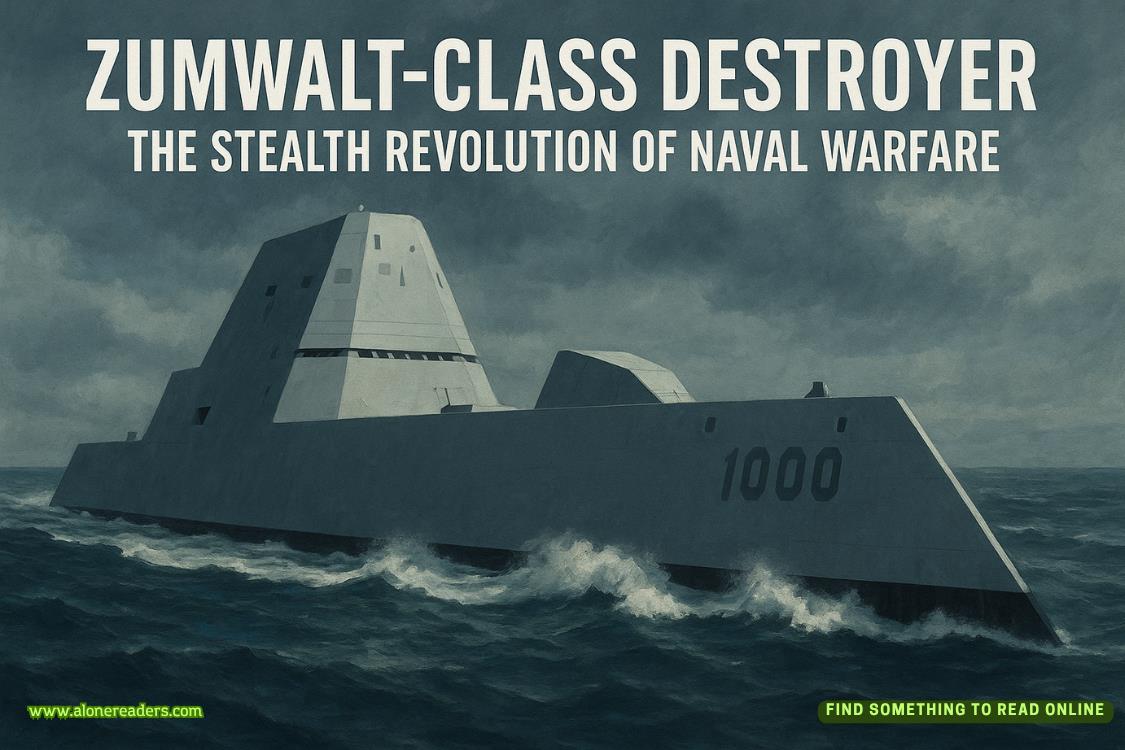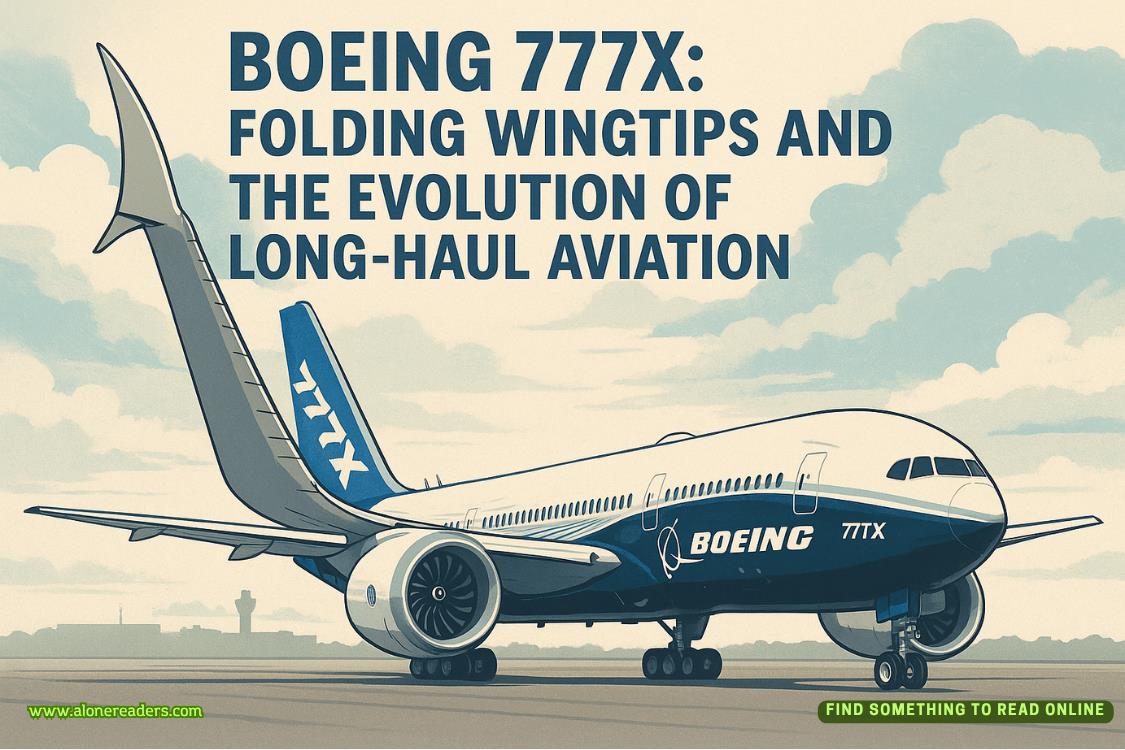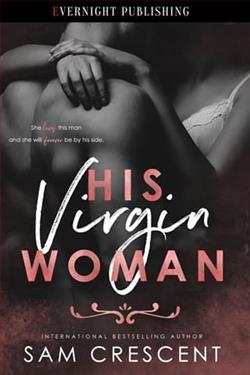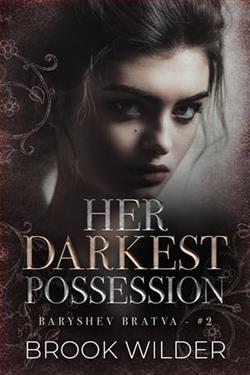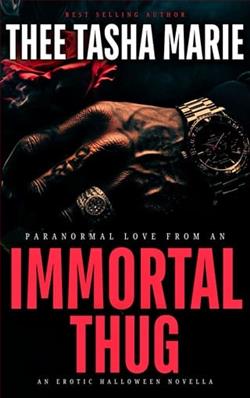Page 4 of The Last Kiss Goodbye
She moved down the rows, running her fingers over the boxes. This was actually the part of her job Abby loved the most. Maps she couldn’t get too passionate about; how could anyone get worked up about a badly drawn picture of Lancashire? But with the photographs, it was different. There was something magical about them. They were intimate records of a special time before the world was really known, taken by the few people who dared to go out there into the wilds. She sat down on an office chair and pulled down a box. Broadly, her job was to catalogue the collection, writing up what was in each box: expedition, year, part of the world, names and achievements, that sort of thing, so they could all be logged on to her computer and cross-referenced.
But she also had another task: she had to make these ghosts pay. That, really, was the reason why she had been hired: she had been brought on board to curate exhibitions, to bring these long-neglected slides to the attention of the public.
Their first exhibition, to celebrate the Institute’s bicentenary, was to be held in three weeks’ time, and Abby wasn’t entirely sure they were ready. Selecting the images to display had been easy. The title of the show was ‘Great British Explorers’, and there had been plenty of spectacular expeditions to choose from: ascents of Everest and K2, trips to the Poles, even Livingstone going up the Nile. But there was still something missing, something that left a hole at the centre of the exhibition, something she couldn’t quite put her finger on, and she was hoping that she would know it when she saw it.
Taking a deep breath, she pulled out a narrow box and opened it. Inside was a selection of slides. She took the first one and held it up to the light. A group of small figures, dwarfed by the snowy peaks behind them. She held up the next: a mid-shot
of a team of porters, grinning at the unseen cameraman. She looked at the side of the box; it was labelled Mortimer Expedition, Nepal, 1948. She rolled her chair over to the light box, flicking it on and using a loupe – a sort of glorified magnifying glass that allowed you to see the image as if it had been printed full size.
The stark monochrome image of the jagged Himalayan peaks was striking, but it just wasn’t different enough to the dozens of other stunning images she had of snowy hinterlands. And that was the problem – the exhibition was looking very snowy, very hilly, very white. Very one-note.
She puffed out her cheeks, wishing she was allowed to bring a cup of tea into the photograph room. But that was forbidden in the confined, claustrophobic space that reminded Abby of one of those old submarine movies.
Minus the well-toned sailors, she thought grimly.
For a moment she regretted working in such a dark and isolated environment. Her friends had certainly thought she was mad when she had given up a full-time job at the V&A. But they hadn’t known her true reasons for leaving. Hadn’t known why she had swapped it for a freelance position at the RCI.
Abby and Nick Gordon had kept their struggle to have a baby very private. Even though they had been the first couple in their friendship circle to get married, no one asked them when they were going to hear the patter of tiny feet. They were a thirty-something couple living in London, having fun and throwing themselves into their careers. Besides, it was something of a taboo subject. An intimate issue. If you suspected a friend of having fertility problems, you certainly didn’t ask. Not unless they wanted to share it with you.
Abby and Nick had been warned how difficult IVF was going to be. But she hadn’t expected it to be so physically and emotionally demanding. She’d given up her job and taken a flexible position at the Institute. But still there was no baby. And then there was no husband.
She pulled down another box, black-and-white prints this time. Peru, Amazon, said the label, 1961.
She focused hard, trying to forget about the images of Nick that popped into her head at random.
Sitting down, she took the photographs out of the box, balancing them on her thighs as she leafed carefully through them.
The first was of a man tending to some mules, a wide-angle of a long valley, lush with rainforest. The second was a beautiful close-up of a hummingbird, the third a gaggle of porters carrying huge baskets, their faces worn and weathered by the sun.
At least it’s not snow, she thought, sensing that she might find something of use in here.
She carried on flicking through the images until one photograph forced her to stop in her tracks. A picture of a man and a woman inches apart. His hand was on her cheek, her palm over his, in what looked like a tender goodbye. Abby put her own hand to her mouth, her breath frozen in her throat. It was beautiful, moving, and yet she couldn’t really say why. It wasn’t such an unusual scene, the sort of thing you saw every day at stations and airports.
But this was different; there was tension, heartache here. The woman looked distraught. But why? Who was this man? And who was his lover?
She flipped the picture over. The label on the back read: Blake Expedition, Peru, August 1961.
She could tell from the other photographs that he was going into the jungle. Was she begging him not to? And had he still gone anyway? She wondered how old these two lovers would be today, whether they were still alive and if they were still together.
She looked back at the picture. God, it was good. And she just knew it would be perfect for the exhibition. She had already collected enough of those jaw-dropping high-impact shots – tiny figures hacking their way up a rock face or icicle-festooned ships stuck in ice floes – but this? This was different. This image had emotion, a sense that there was more to exploration than simply getting up and going. It rooted the heroic act in the real world, made you think: What if I was going? How would I feel? And how would I feel if I was being left behind? It was a photograph that spoke quite clearly of the power of love and the fear of loss.
She didn’t realise she was crying until a fat tear splatted on to the light box.
You can’t go dripping all over the priceless artefacts, she scolded herself, running out of the photograph room to find a tissue.
‘Abigail? Are you quite all right?’
She turned to see Mr Bramley staring up at her. Christopher Bramley was one of their regular members; he often came down to the archive for support material for his research. White-haired and bent, he rarely spoke except to request some document or map.
‘Yes, fine, thanks,’ said Abby quickly, rubbing her damp eyes.
The old man raised his eyebrows. ‘I do hope so,’ he said kindly.
She wondered how much he knew about her life. Whether he had heard.
‘Here you go. The maps you were after,’ she said more brightly.
‘I think I’m your last customer of the day. The Institute is rather empty out there,’ he smiled, rummaging around in his pocket, pulling out a tissue and handing it to her. ‘I’m sure Mr Carter won’t mind if you lock up early and go home.’




